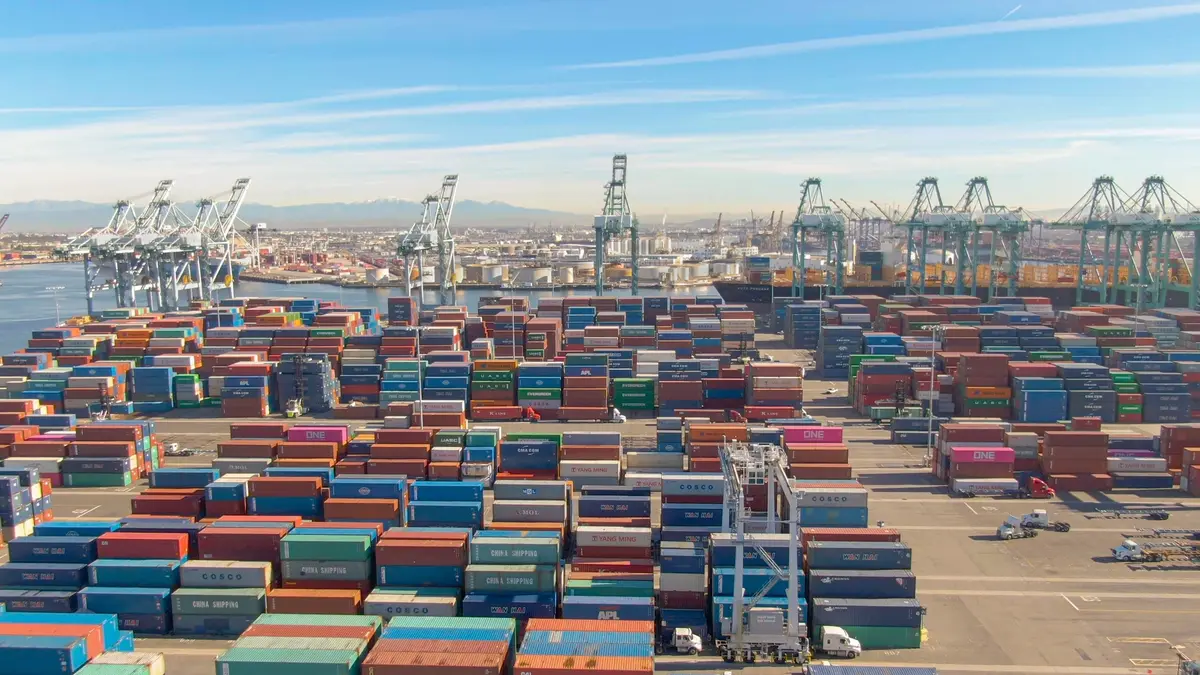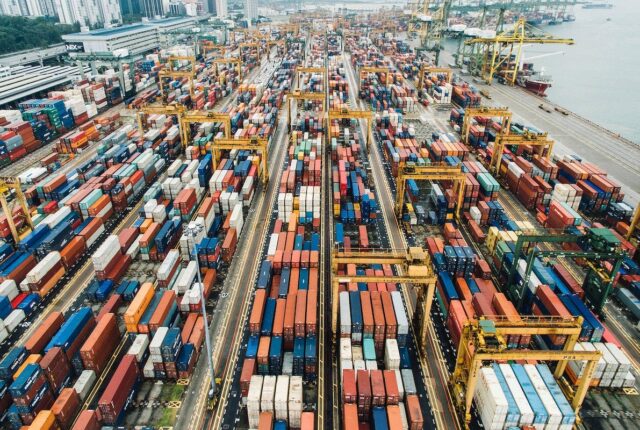
US Port Congestion: Impact on Sea Freight and Solutions
US port congestion has been making headlines for a while now, and it’s no secret that this issue is creating ripple effects across global trade.
As sea freight serves as the backbone of international commerce, port bottlenecks not only disrupt the flow of goods but also drive up costs, delay deliveries, and frustrate businesses and consumers alike.
The Current State of US Port Congestion
The United States has long struggled with port congestion, but the situation has worsened dramatically in recent years. While port congestion is not a new phenomenon, the pandemic, coupled with skyrocketing demand for goods, has made it a persistent issue. Ports such as Los Angeles and Long Beach, which handle a substantial chunk of the nation’s imports, have been under immense pressure. Cargo ships waiting for days—if not weeks—at a time before docking has become a common sight.
Causes of US Port Congestion
Increased Demand for Goods
The surge in e-commerce and consumer demand, especially during and after the COVID-19 pandemic, has outpaced the capacity of US ports. More goods being imported means more ships arriving, but the ports haven’t been able to keep up with the influx, leading to delays.
COVID-19 Pandemic Disruptions
The pandemic disrupted global supply chains, with lockdowns and restrictions leading to labor shortages at ports. Even as the world started to recover, these disruptions had a lingering effect, exacerbating delays in port operations.
Labor Shortages and Strikes
Ports are labor-intensive operations, and a lack of trained dockworkers has been a significant bottleneck. Occasional labor strikes and disputes have also added to the delays, further straining already overburdened ports.
Infrastructure Limitations
Many US ports were built decades ago, and while trade volumes have multiplied, port infrastructure has not seen proportional upgrades. Outdated technology and insufficient handling capacity are key contributors to the congestion problem.
Impact on Sea Freight
Delays in Shipping Times
The most obvious impact of port congestion on sea freight is the longer wait times. Ships are forced to idle outside congested ports, leading to significant delays in the movement of goods. The knock-on effect is felt globally as shipping schedules are thrown off course.
Increased Shipping Costs
With more ships waiting at ports and fewer goods being moved efficiently, shipping costs have soared. Freight rates have reached record highs, with shipping companies passing on these costs to businesses and consumers, further contributing to inflationary pressures.
Supply Chain Disruptions
Port congestion has a cascading effect on supply chains. When goods are delayed at ports, manufacturers and retailers face inventory shortages, leading to production halts and empty store shelves. Industries that rely on just-in-time inventory models have been hit particularly hard.
Environmental Impact
Idle ships consume fuel while waiting to dock, contributing to greenhouse gas emissions. The environmental toll of port congestion has sparked concerns, as it undermines efforts toward making global trade more sustainable.
How Port Congestion Affects Businesses
For businesses, port congestion means delays in receiving products, missed deadlines, and financial losses. Importers face unexpected storage fees, while exporters struggle to get their products to international markets on time. Small businesses are especially vulnerable, as they often lack the resources to absorb rising costs or delays.
Industries Most Affected by Port Congestion
Retail and E-commerce
Retailers, particularly those reliant on fast inventory turnover, have been among the hardest hit. Online retailers, in particular, face the double challenge of higher shipping costs and delayed deliveries, leading to customer dissatisfaction.
Automotive Industry
The auto industry, which relies heavily on imported components, has faced production delays due to parts being stuck at congested ports. This has contributed to longer wait times for vehicles and higher prices.
Manufacturing Sector
Manufacturers have faced disruptions in the supply of raw materials and components, leading to delays in production and unmet customer orders.
Geographical Hotspots of US Port Congestion
West Coast Ports (Los Angeles, Long Beach)
The twin ports of Los Angeles and Long Beach handle a significant portion of US imports, particularly from Asia. These ports have been the epicenter of congestion, with cargo ships often waiting days or weeks to unload.
East Coast Ports (New York, Savannah)
As West Coast ports became overwhelmed, many companies shifted to East Coast ports like New York and Savannah. However, this has led to congestion spreading across the country.
Gulf Coast Ports (Houston)
The Gulf Coast, particularly Houston, has also seen increased congestion as companies seek alternative routes to move goods into the country.
Solutions to US Port Congestion
Improving Port Infrastructure
Investments in expanding port capacity, modernizing equipment, and implementing automation could help alleviate congestion. New technology, like automated cranes and cargo handling systems, could speed up operations.
Digitalization and Data Sharing
The use of smart ports, where real-time data and predictive analytics help streamline operations, is becoming a popular solution. This technology allows for better coordination between ships, ports, and trucks, reducing delays.
Labor Solutions
Addressing the labor shortages by training more dockworkers and improving labor-management relations can help prevent strikes and ensure smooth operations.
US port congestion is a complex problem that has had a profound impact on sea freight, businesses, and consumers alike. However, through a combination of infrastructure upgrades, technological innovations, and stakeholder collaboration, there are clear paths to resolving this issue. As the global economy continues to evolve, the resilience of our ports and supply chains will be key to ensuring smooth trade in the future.
FAQs
What is causing US port congestion?
Increased demand, labor shortages, and outdated infrastructure are the primary causes of port congestion in the US.
How does port congestion affect shipping costs?
Port congestion increases shipping times and creates bottlenecks, driving up freight rates, which businesses and consumers eventually absorb.
What industries are most impacted by port congestion?
Retail, automotive, and manufacturing industries are among the hardest hit by delays and increased costs due to port congestion.






